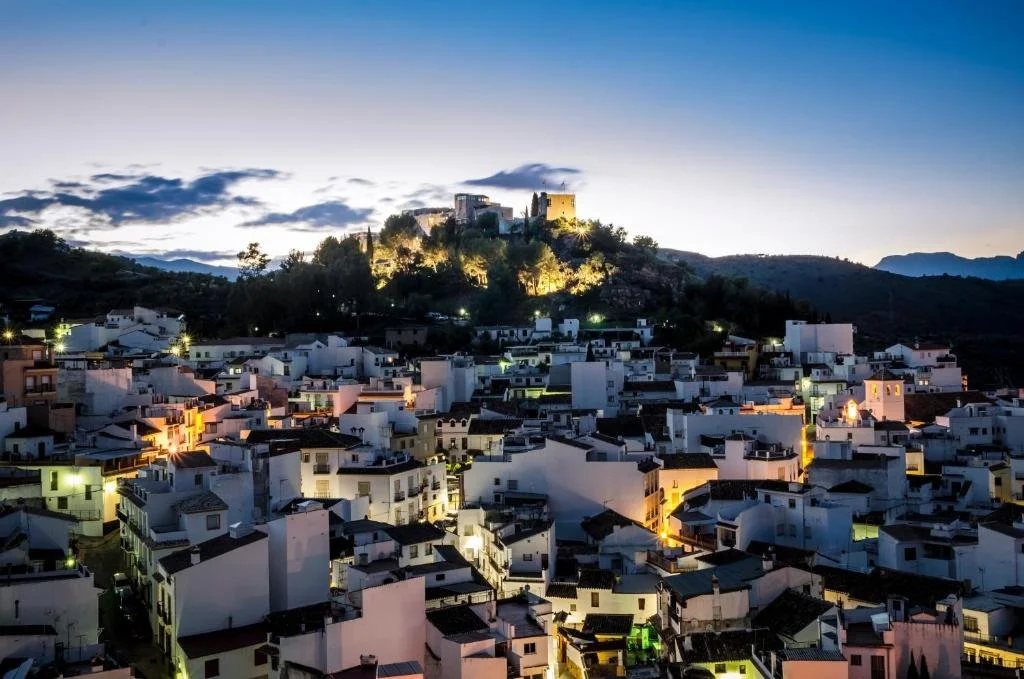One of the most important historic events that took place in the village of Monda was on 17th March in the year 45 before Christ. This was when the famous battle of “munda” was staged in which Julio Cesar defeated the Pompeyo brothers, Cneo and Sexto. This battle was so important, not only because there were many lives at stake, but because the whole Roman Empire, which dominated the known world at the time, was in danger.
Later on, at the end of the 9th century, when Omar Ben Hafsun organised an uprising in Bobastro, the El Mundat castle was rebuilt. Its strategic position dominated the village that was part of the Califato de Córdoba. It had been destroyed by Said Ibn Al-Mundir in the year 308. It was rebuilt once more in the 11th by the Hammudies and by the 12th century Monda was am important village famous for its leaders and fighters.
Monda was handed over to the captain of the Reyes Católicos, Don Hurtado de Luna, who was to take on the title of mayor once the battle was over, between the Spring and Summer of 1485. At that time, Monda was under the jurisdiction of Malaga. The Moors who were willing to stay as Mudejars were allowed to do so. This remained so until the uprising that happened in the Serranîa de Ronda in 1501, when the Christians forced them to convert to the faith. In 1570 they were finally expelled.
During the War of Independence in 1811, Monda played a vital role in the Spanish general Ballesteros Frente a Soul, Duke of Dalmacia’s mountain warfare strategy. .
Because of all this, the Castle at Monda has become one of the most important symbols of the village. Today it has been restored and transformed into a unique hotel which offers some panoramic views of the village and its surroundings.
This town was declared as a "Paisaje Pintoresco” (A Pictoresque Landscape) in1971 and the truth is, there are many features to recommend it. Its white-washed houses stand out against the green background of the allotments which, all together, create a kind of green covering for the valley. The village can be seen well by taking a stroll through La Alpujatam which is a place of natural beauty. The Arab origins of the village can be seen and felt all over the urban centre with its fountains, houses and other features. Some of the best fountains are; "La Jaula", "Morales" and "La Relumbrosa"; and then there is the public washing place. There are other spots worthy of special attention like the bridge known locally as "La Teja", which was built by the Romans over a small river, or the Arabic mills or maybe the "El Calvario", a building topped off by wrought iron crosses which was built by Juan de Cózar, a member of an influential family from Monda.
